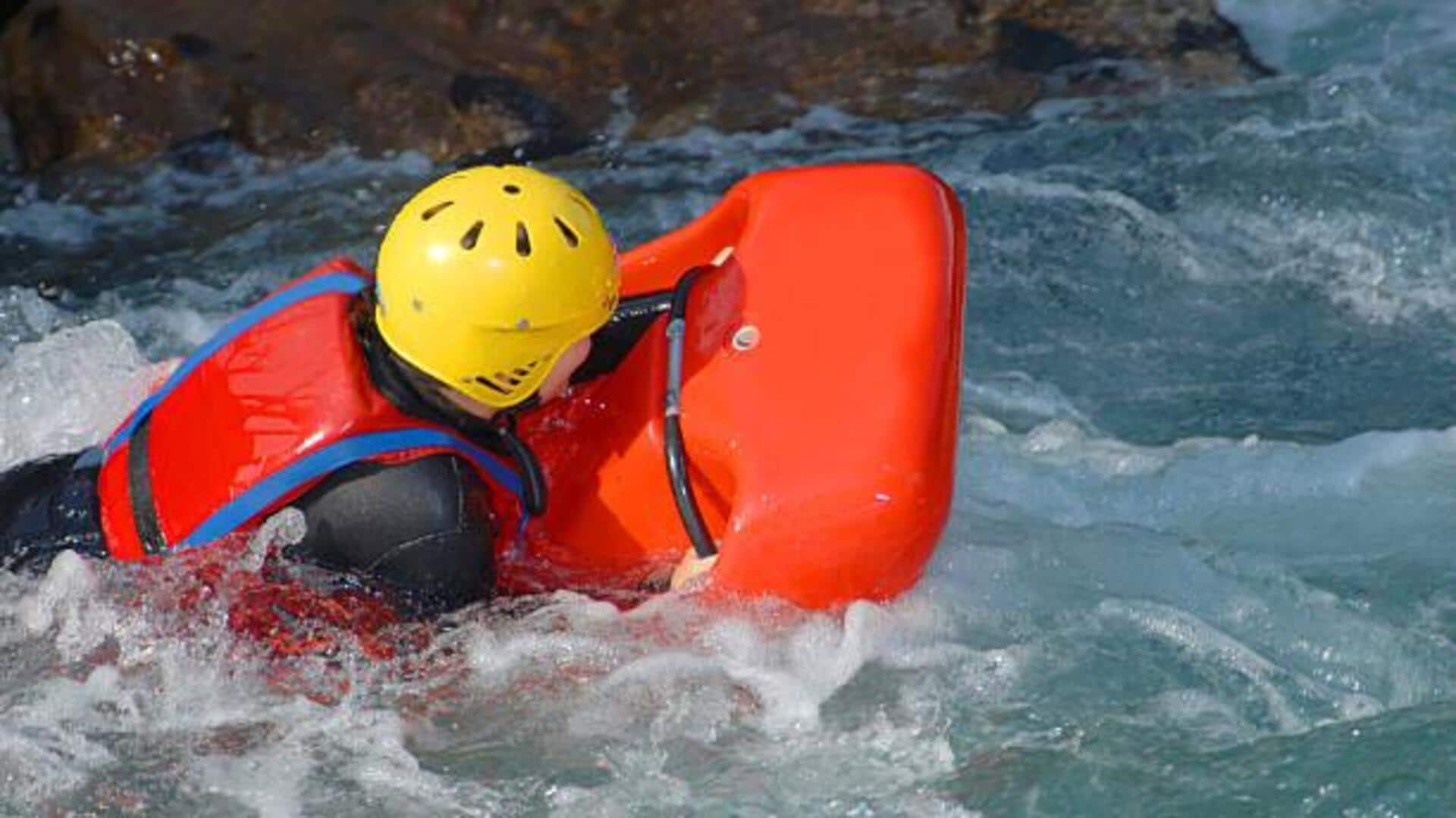
River sledging 101: The ultimate water adventure
What's the story
River sledging is an exhilarating way to navigate waterways around the world.
The activity involves riding a specially designed board down river rapids, giving you a unique perspective of nature's power.
Participants are equipped with helmets and wetsuits for safety as they maneuver through the currents.
Unlike traditional rafting, river sledging lets you be closer to the water, enhancing the thrill and connection with the environment.
Global spots
Popular destinations for river sledging
River sledging is popular in many parts of the world, each providing a unique experience.
New Zealand's Kawarau river provides tough rapids with mind-blowing scenery.
Switzerland's Lutschine River offers exhilarating descents with an alpine setting.
In France, Durance River is famous for its exhilarating routes for both novice and experienced sledgers.
These destinations showcase different terrains where adventurers can enjoy this thrilling sport.
Equipment essentials
Essential gear for safety
Safety is paramount in river sledging, demanding specific gear to ensure protection and comfort.
A sturdy helmet is crucial to protect against potential impacts with rocks or other obstacles.
Wetsuits are essential for maintaining body temperature in cold waters while providing some buoyancy.
Additionally, fins are used to aid navigation through strong currents, allowing better control during descents.
Eco-friendly practices
Environmental considerations
As fun as river sledging sounds, it is important to be mindful of the environment and follow eco-friendly practices.
Avoid disturbing local wildlife and ensure that no littering takes place during your adventure.
Several operators promote sustainable tourism by encouraging locals to conserve their regions.
By respecting natural habitats and following guidelines by local authorities, enthusiasts can contribute toward preserving these gorgeous waterways.
Beginner advice
Tips for first-time sledgers
For first-timers, it is better to start on simpler routes before progressing to tougher rapids.
Focus on the safety briefings, as that's where you'll learn how to safely navigate waterscapes filled with rocks or branches hidden beneath surface levels that aren't visible from above ground level without prior experience traversing such terrains firsthand before themselves personally.